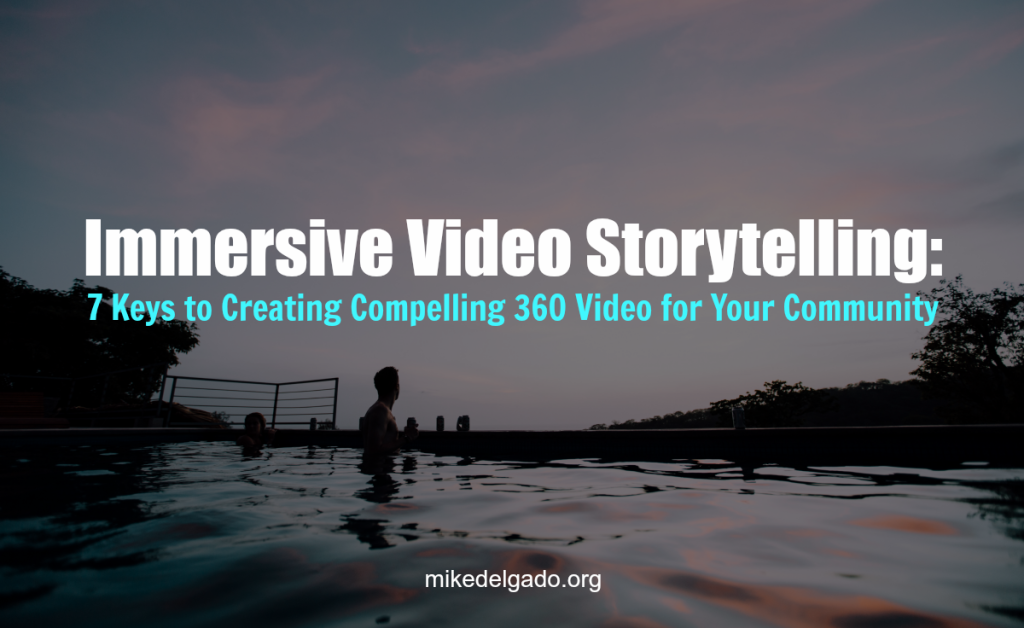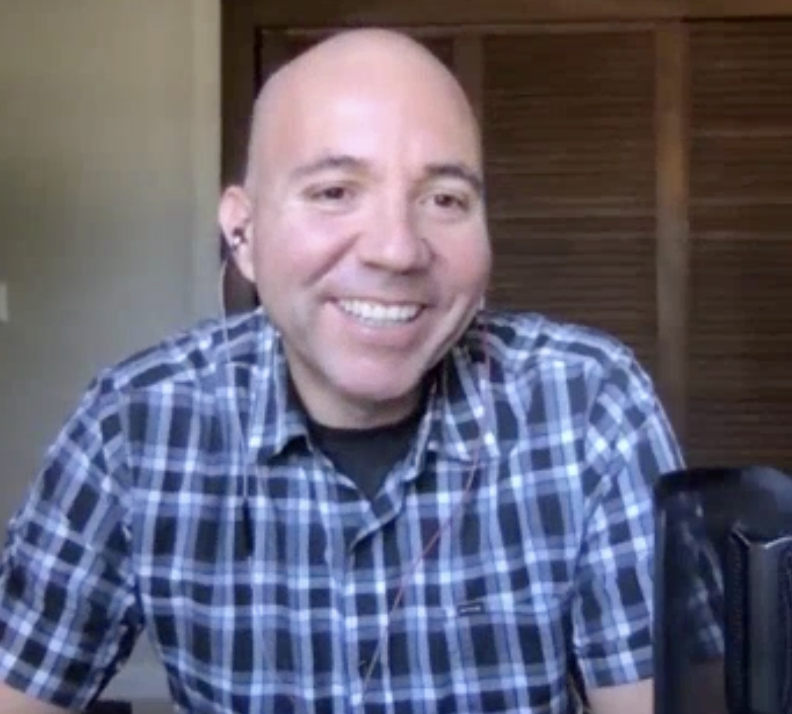
360 video is a powerful way to create immersive content for your community.
The beauty of 360 video is that it puts your viewers in control of the visual experience right from their mobile device. The viewer doesn’t need to use a special headset to get the benefits of watching 360 video.
That said, creating immersive 360 videos that will draw in your target audience requires a new type of storytelling that puts your viewer in control.
Here are seven ways brands are using 360 video to pull in viewers into their stories:
1. Provide helpful narration so your can audience strategically navigate around the 360 video without needing to watch a host.
Narration helps viewers focus on what’s most important to look at (instead of a host). This doesn’t mean your videos can’t incorporate someone to be on screen, but mixing in narration can help steer your story and give your viewers more freedom to move around.
David Attenborough is one of my favorite narrators and does a wonderful job guiding you around this 360 video from BBC One so you can see what one of the largest dinosaurs that ever existed might have looked like:
2. Keep viewers hooked in your 360 video by using cuts to change locations so that there is always something new to look at.
Strategically using cuts to move your story along can help retain viewers since they know you are taking them to different places to help you tell your story.
In the video below, the Discovery channel takes you on a 360 visual journey to see threatened animals in their natural habitat. The beauty with this video is that there is no narration. You are simply told the story through visuals and some brief text at the end.
3. Edit your 360 videos in a way that will help draw your viewers to focus on important visuals after each cut.
The trouble with many 360 videos is that viewers might get lost in your visual story if your not guiding their attention after each cut.
There are some ways to automatically transition viewers to a specific location of a 360 video after a cut, but you can also creatively do this with narration or slowing down an action shot to help people find an important visual or moment.
Red Bull used slow motion in parts of this 360 Joyride biking course video to slow down some of the jumps to help you appreciate the technical aspect of the course and amazing riders.
4. Storyboard your 360 video so that everyone involved in each shot plays a specific role around the camera.
Creating a memorable 360 video means planning out everything that is happening around the camera. One of the most creative 360 music videos features JGivens and Odd Thomas as they rap while playing a game of dominoes.
Other musicians from the Humble Beast record label and friends move around in the background so there is always something to look at. One fun moment in the video is when everyone stops moving at the same time (mannequin-style) to help viewers focus attention on JGivens.
5. 360 video storytelling requires you to think about how you will use all the space around the camera to shape your story.
How can you use what’s above, below, and all around the camera to help you tell your story?
Sometimes just taking your camera to a beautiful location can help you achieve this. The NASA Juno Mission to Jupiter in 360 video provides great narration to guide you through space and see beautiful imagery of Jupiter.
6. Strategically add text in 360 videos to describe parts of a scene to add additional insights or key messages.
Adding text in certain locations of your 360 video can help describe what viewers are seeing — or add additional insights.
TOMs does a great job providing a mixture of narration, interviews, and text to tell their story. Text can be a powerful addition to a 360 video when done correctly.
7. Use spatial audio to help you create a fully-immersive 360 video experience for your community.
Not all of your viewers will have headsets or earbuds in, but it’s still important to remember the important role sound plays in creating immersive video experiences. Spatial audio microphones can help you capture the sounds all around your camera.
A beautiful example of how spatial audio can improve a viewers experience is this 360 video of Maestro Enrique Mazzola conducting the Orchestre national d’Île-de-France.
Have you started experimenting with 360 video? What advice do you have for those just starting out? Let me know in the comments.

